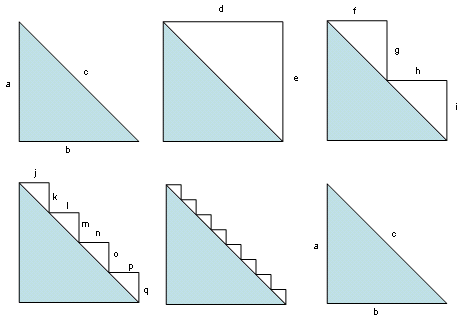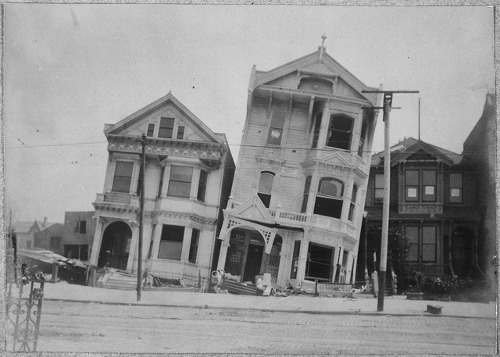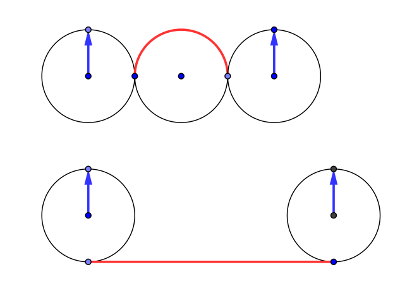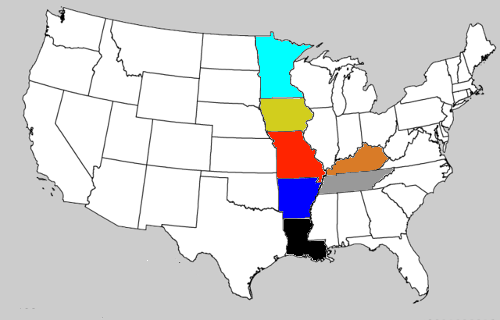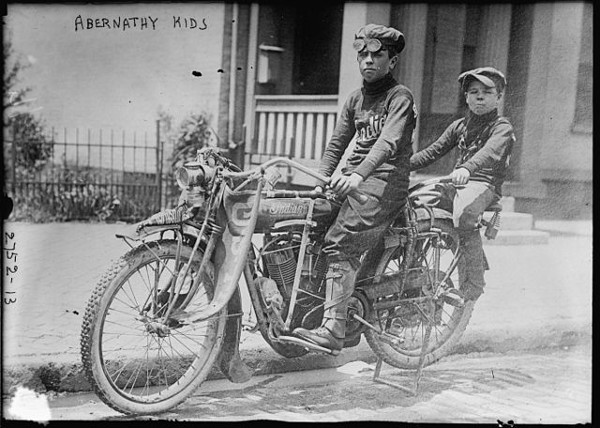
Sons of Jack “Catch-‘Em-Alive” Abernathy, the youngest U.S. Marshal in history, Louis and Temple Abernathy inherited their father’s self-reliance: In 1910, when they were 10 and 6 years old, they rode on horseback from their Oklahoma ranch to Manhattan to greet Theodore Roosevelt as he returned from Africa. After riding behind Roosevelt’s car in a ticker-tape parade, they drove home in a new car.
The following year, apparently bored, they accepted a $10,000 challenge to ride on horseback from New York to San Francisco in 60 days or less, never eating or sleeping indoors. They missed the deadline by two days but still established a speed record. And in 1913 they rode by motorcycle from Oklahoma to New York City.
The two went on to successful careers in law and oil. “Teach a boy self-reliance from the moment he tumbles out of the cradle, make him keep his traces taut and work well forward in his collar, and 99 times out of a hundred his independence will assert itself before he is 2 years old,” their father told a newspaper after their first trip. “That’s my rule, and if you don’t think I’ve taken the right tack talk to my boys for five minutes and they’ll convince you that they are men in principles even if they are babies in years. God bless ’em.”

